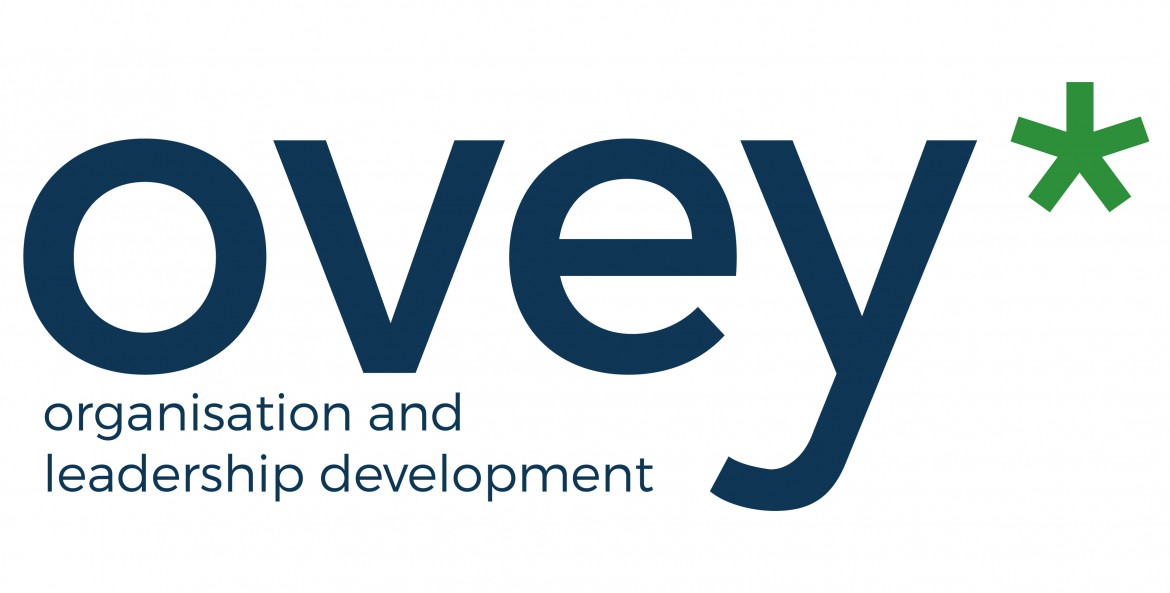
The technological side of remote working is easy enough. There is a great curiosity to get to know, use and master the various tools. Issues in organising teams, team dynamics and leadership, of course, remain.
In a previous article I wrote about the importance of the perception of proximity in maintaining effectiveness in dispersed teams, and how regular communication and identification help to achieve this. Framing “working from home” as another layer of dispersal has resonated in the groups I have been working with as a way to tap into and use existing resources.
Team check-ins, in which teams not only coordinate their tasks, but care for the social side of their relationships, seem to have taken off. With time, the temptation might arise to drop this part of the check in and concentrate solely on tasks. A sign of this I have seen last week was the statement “the check-in is getting repetitive”. This can be avoided by trying it do it in different ways: taking it turns to facilitate this part, doing it non-verbally or visually, using only one word, using tech solutions.
One international team I have been working with took the time to reflect on their first experiences of working remotely and draw initial conclusions. They have discovered that being open and curious about the challenge of the change, regular interaction, transparency around boundaries (“I am (not) available now”) and accepting these boundaries (“that’s ok!”) were key. They have have been finding out what works for them (individually and as a team) and have also reflected on how important it was to “take it easy”. They have shared their reflections here: https://www.eunicglobal.eu/news/work-during-stayathome
Taking it easy is a wise conclusion, but is something that requires awareness and support. The ability to regard the current situation and the break down in guiding patterns and assumptions as a learning process can help us to deal with the insecurity and ambiguity of the situation. Three examples from the last week illustrate the use of “taking it easy”.
- Faced with insecurity, many people have started “panic working”, feeling it is better to Do Something in the hope of maintaining a feeling of being in control. This might make us feel better, is however counter-productive.
- After the initial working from home honeymoon, social media is now full of photos of different previously separated spheres of life converging: Working with the kids in the background, partners accidentally walking into view, “formal Friday” etc. However humorous these posts are, they show a growing frustration. In one conversation I had the other person was 15 minutes late and apologised profusely for being “unprofessional”; the kids had been fighting and she had had to intervene. She was visibly embarrassed.
- While many have been enjoying working from home, some clients have found themselves flourishing. On reflection, they named the absence of input incurred during commuting, in the office, during leisure activities etc. as invigorating. Various layers of life are being peeled back, and some people are finding themselves content. This has also however led to guilt: “The world is in disarray, but I’m enjoying the calm. Isn’t that macabre?” asked one coachee this week.
The practice of “taking it easy” requires compassion and self-compassion. Teams can ask themselves if what they are doing is essential, especially if they find themselves working for work’s sake and creating little value. It is better to stop, accept the difficulty of the present as a fact and take time to reflect and mutually support one another rather than carry on regardless. (See https://www.bloomberg.com/opinion/articles/2020-03-24/panic-working-at-home-through-coronavirus-will-lead-to-burnout).
Effective teams that feel close to each other practise frequent communication. However, it should be remembered that “frequent” is not synonymous with “hour-long video conferences”. Check-ins are vital, but it is doubtful whether every aspect of projects needs to be discussed in meetings. As the boundaries (or connections?) between different spheres of life are renegotiated, asynchronous working patterns can be beneficial. Using collaboration tools to work together on texts at different times can be more effective than sitting in yet another video call. (See in German: https://fuehrung-erfahren.de/2020/03/videokonferenzen-sind-auch-keine-loesung/) A prerequisite for this is honest communication and transparency about work slots and availability, so reliability can be maintained. Such practices enable a guilt-free individualisation of working practices, which – if calibrated – can aid effectiveness and satisfaction.
These examples show that old patterns and assumptions are coming under pressure and are no longer reliable guides for thoughts, feelings and behaviour. Things are shifting. Whether the shift leads to permanent change and how the world will look post-Corona is a question for another day. The question for today is how teams can navigate and make sense of an uncomfortable present. Taking it easy is a start.
